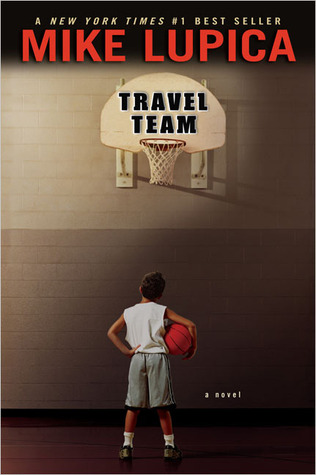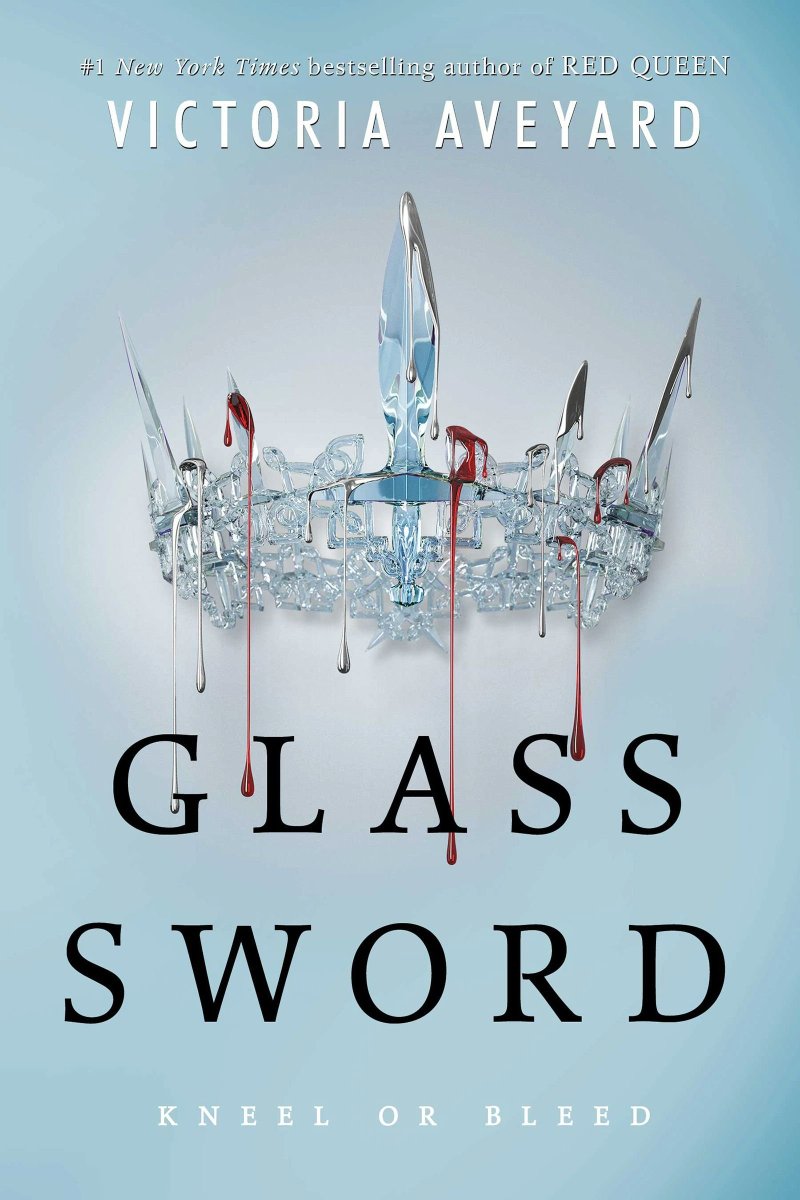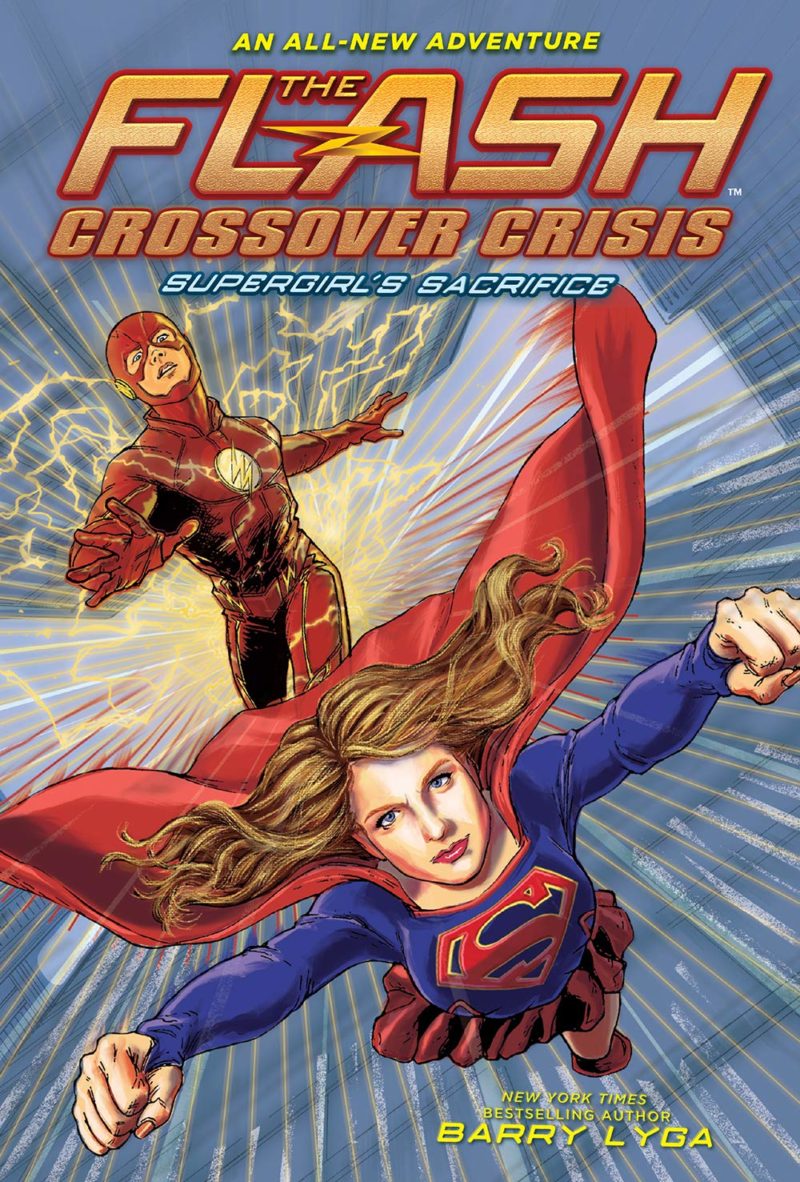I’ve had plenty of opportunity to read this book since it came out in 1995. For one thing, I have owned a copy of it for some years. It isn’t that I wasn’t interested. It’s simply that I didn’t think the book needed any boosting from me. It’s a popular bestseller. Dozens of readers have recommended it to me. A long-running and award-winning Broadway musical was inspired by it. There are rumors of the book being adapted for a TV miniseries, and of the musical being made into a film. It has become the first book in a quartet known as “The Wicked Years,” all of which have already been reviewed by enough critics. Chances are, a lot of people reading this review have already formed their own opinion of the book. So what do I have to add except, “Ding, dong, I read it too”?
I didn’t end up reading it, strictly speaking. I listened to John McDonough’s audiobook performance, one of several Maguire titles my local public library holds in its CD Book collection. McDonough did a great job voicing all the characters from young to old, male and female, good and bad. The recording made a week or two of commuting and business travel pass very enjoyably. By driving amid quivers of intrigue, wriggles of suspense, shakes of laughter, and blurs of tears, I added risk and adventure to pedestrians and other drivers. It livened up the whole community.
Note well, this story carries an adult content advisory. This is not a cute little children’s book, like the Oz books of L. Frank Baum and those who carried on after his death. It is not an innocent fantasy in a magic world full of whimsy and nonsense. Dorothy only briefly appears in it. It’s the life story of the Wicked Witch of the West, and you already know how that ends: with a scream of agony and a wail of despair as a bucketful of water melts her. What you don’t know is how she became wicked.
Elphaba Thropp was always mean and green. It was tough on her family from the day she was born. It gave her trouble later when she was in college with Glinda, who would one day be called the good witch, and her beautiful but disabled sister Nessarose, a.k.a. the Wicked Witch of the East. They didn’t come into these nicknames until much later. Some of that had to do with religion, politics, and personality. Some of it really had to do with a mysterious, magic-tinged fate.
It’s an adult book, as I was saying just now. Partly this means it has coarse language and graphic scenes of sex and violence. And partly it means that it explores grown-up issues, like the tension between religious belief and unbelief, whether or not people have a soul, the rights of animals (not to mention Animals), the dangers of a society ruled by pragmatists, nihilists, and totalitarian strongmen. It touches on adultery, substance abuse, the ethics of education, and economic and cultural inequality. Above all, it is about a woman’s quest for forgiveness.
The sequels to this book are Son of a Witch, A Lion Among Men, and Out of Oz. Maguire’s other work includes the Hamlet Chronicles series of seven children’s books, counting down from Seven Spiders Spinning; Confessions of an Ugly Stepsister; Mirror Mirror; and What-the-Dickens: The Story of a Rogue Tooth Fairy.
Buy the book!
Gregory Maguire’s website
Recommended ages: 14+



